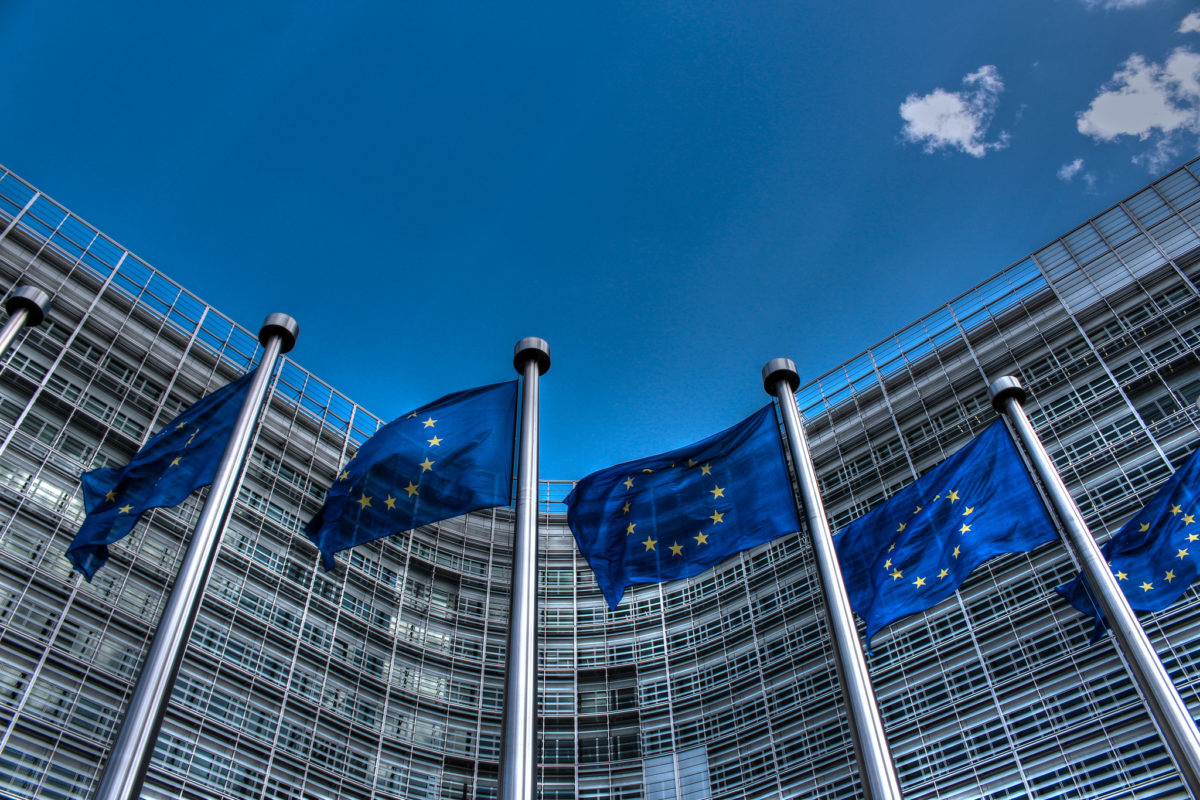A year ago, with the wounds of Brexit still fresh, pv magazine spoke to the influential Chatham House thinktank about three of the main conundrums facing U.K. politicians trying to untangle Britain from the European Union (EU) energy system.
The thinktank said, 11 months on from the historic vote of June 2016, the question of whether Britain would remain in the European Internal Energy Market (IEM) and the EU Emissions Trading Scheme, as well as whether it would retain access to European Investment Bank finance, were big issues for Theresa May’s government to resolve.
Such is the tortuous nature of the negotiations in Brussels and London however, the U.K. Department for Exiting the EU (DExEU) was still unable to provide pv magazine with a definitive response to any of those questions as the two-year anniversary of the vote approaches.
Regarding membership of the IEM, a DExEU spokesman referred to British Prime Minister Theresa May’s speech in March about her desired post-Brexit economic relationship with the EU, saying: “As the prime minister said in her Mansion House speech, the UK will want to secure broad energy co-operation with the EU. We recognise the importance of having access to an affordable, secure and sustainable supply of energy for business and domestic use. We have agreed the terms of an implementation period [during which British and EU rules will be aligned to an as-yet unspecified degree] with the EU. This applies to our future energy partnership as well.”
The department was similarly vague on the subject of emissions trading, the spokesman adding: “While the UK is still a member state [of the EU], we will continue to participate in negotiations on EU2030 climate legislation, including on the Emissions Trading Scheme.
“Whatever the nature of the future UK-EU relationship, the UK will remain committed to international efforts to tackle climate change, and working closely with the EU will remain very important.”
The spokesman added that the question of access to EIB funding, currently available for projects such as renewable power development and infrastructure, will be “subject to the negotiations”.
That apparent lack of clarity was confirmed by UK industry group the Solar Trade Association (STA), which confirmed it had received no guidance from the government on the three issues in question.
An STA spokesperson said more pressing areas of concern for its members included the level of future business rates, the post-FIT landscape in the U.K. and the current lack of Contracts for Difference (CfDs) – guarantees to pay renewable generators the difference between the ‘strike price’ of investing in their technology and the ‘reference’ average market price of British electricity.
When pv magazine asked the UK government’s Department for Business, Energy and Industrial Strategy what policies are aimed at driving PV power generation in Britain, a spokesman replied: “The UK’s renewables sector is a British success story, producing almost 30% of our electricity.
“Our feed-in-tariff scheme generated electricity for two million homes last year and our highest ever levels of solar power earlier this month. We’re encouraging more people to run these projects by making £100 million of funding available.”
This content is protected by copyright and may not be reused. If you want to cooperate with us and would like to reuse some of our content, please contact: editors@pv-magazine.com.




By submitting this form you agree to pv magazine using your data for the purposes of publishing your comment.
Your personal data will only be disclosed or otherwise transmitted to third parties for the purposes of spam filtering or if this is necessary for technical maintenance of the website. Any other transfer to third parties will not take place unless this is justified on the basis of applicable data protection regulations or if pv magazine is legally obliged to do so.
You may revoke this consent at any time with effect for the future, in which case your personal data will be deleted immediately. Otherwise, your data will be deleted if pv magazine has processed your request or the purpose of data storage is fulfilled.
Further information on data privacy can be found in our Data Protection Policy.